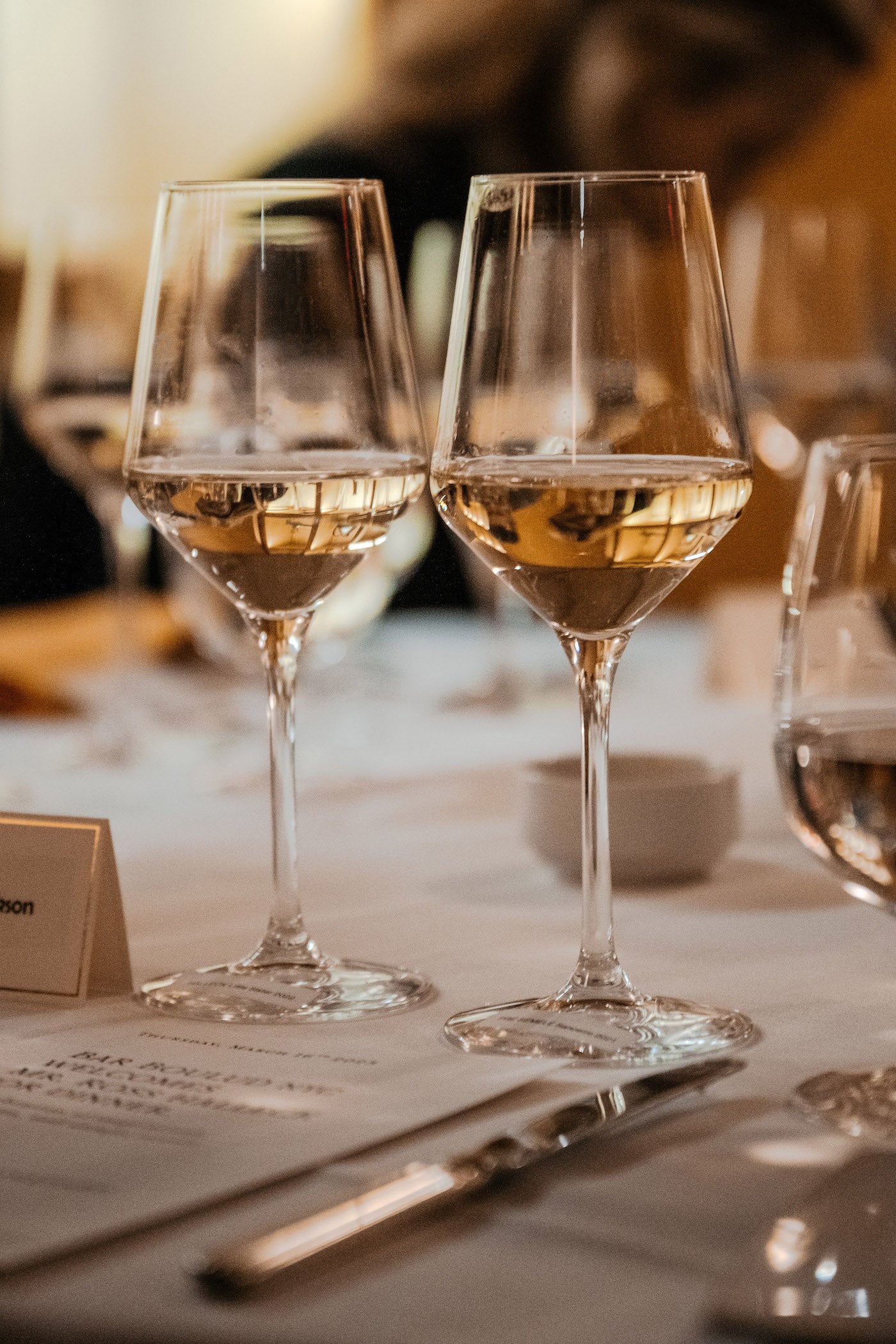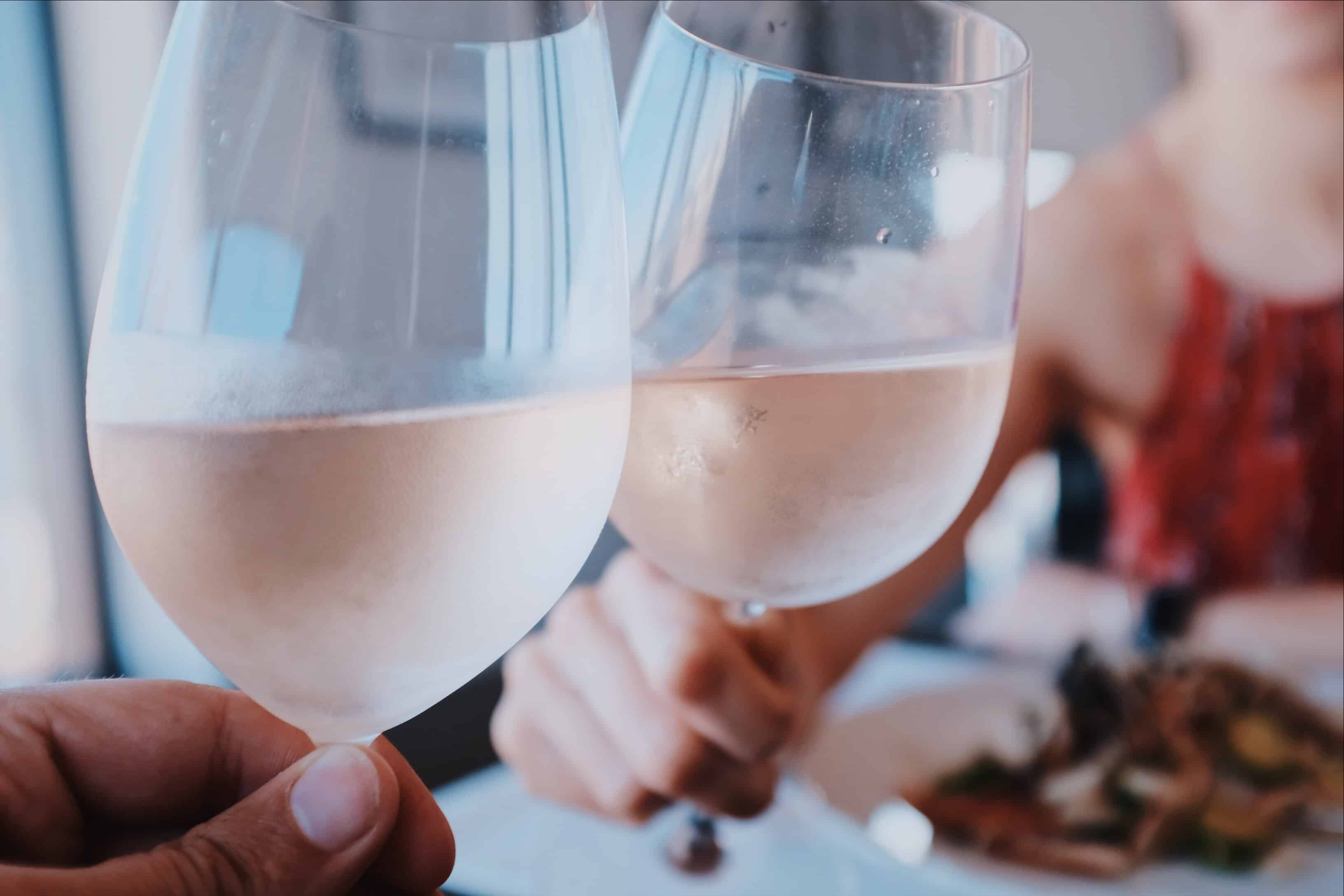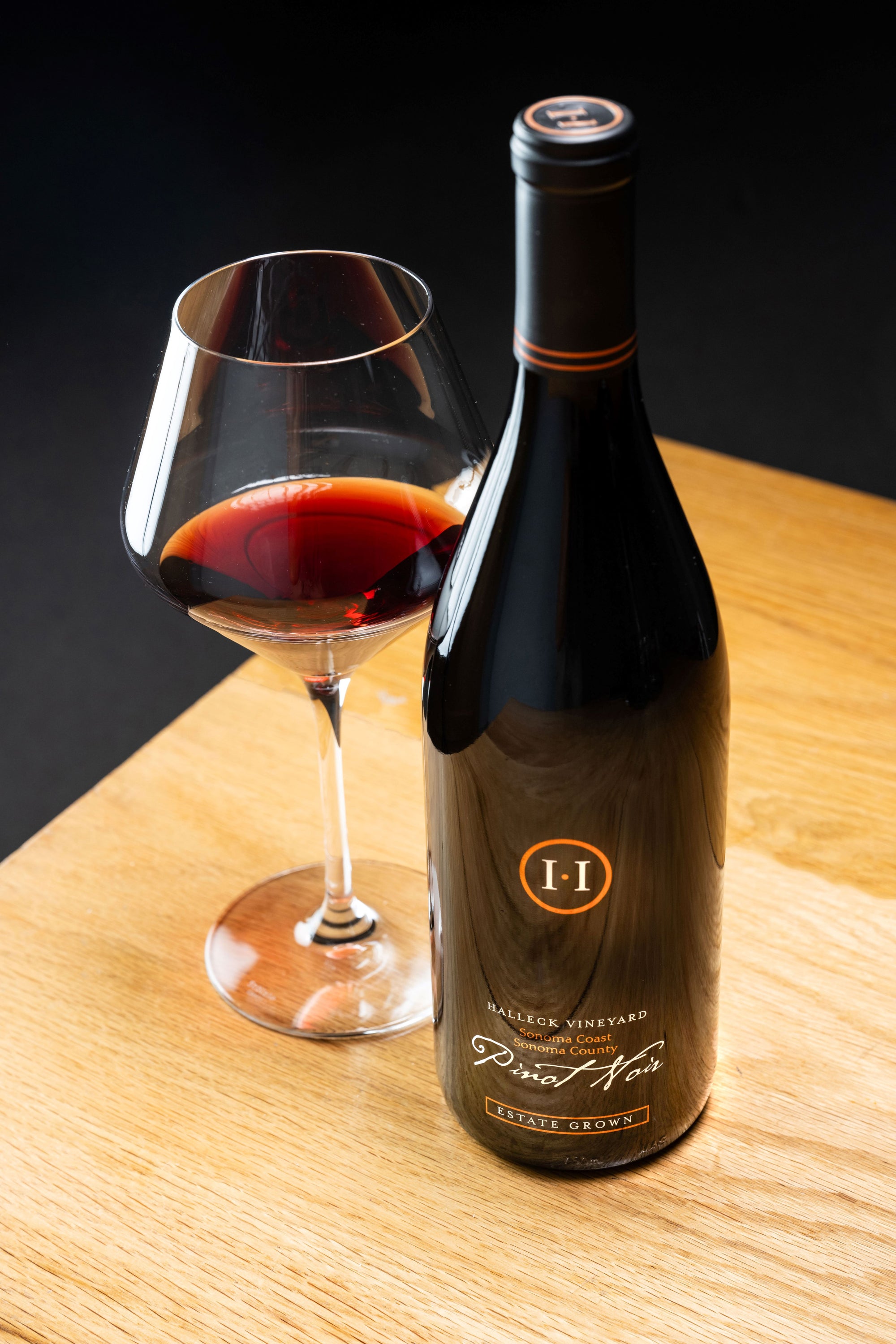Intimate Wine Tasting Experiences In Sonoma - Vineyard Visits And Wine Tasting In Sonoma
Intimate Wine Tasting Experiences In Sonoma - Vineyard Visits And Wine Tasting In Sonoma
Blog Article
Wineries Known For Handcrafted Wines - Sebastopol Wine Tours And Vineyards
Wine tasting is an art that mixes sensory experience with an appreciation for the nuances of different varietals. How to judge flavors in winery wine tasting periods is pivotal to grasping the complexities of wine.
Partaking in a wine tasting includes more than simply sipping and savoring. It requires a targeted method to establish aromas and flavors that every wine presents. As you start, observe the wine's look, noting its shade and clarity. These visual cues usually counsel a wine’s age, grape variety, and even potential flavor profiles.
The next step in the tasting course of is to swirl the wine in your glass. This motion releases fragrant compounds that are important for analysis. Lean in and take a moment to inhale deeply; the aromas can range from floral and fruity to spicy and earthy. The nose of the wine is simply as necessary because the palate, and recognizing scents plays a significant function in understanding the general experience.
When taking your first sip, permit the wine to move across your palate - Wineries Near Santa Rosa. Notice the initial flavors that present themselves. Is the wine fruity, floral, or perhaps herbaceous? This preliminary style provides insight into what the wine is prone to specific as you proceed to gauge it. The mouthfeel also contributes to the overall flavor experience; it can be silky, tannic, and even effervescent.
Wineries That Offer Barrel Tastings - Vineyard Visits And Wine Tasting In Sonoma
As you continue tasting, pay attention to the wine’s balance. A well-balanced wine will harmonize acidity, sweetness, and tannins. If one element overwhelms the others, it'd indicate a less desirable quality. Evaluating steadiness may help you establish how properly the wine may pair with food.
Transitioning to the finish, consider how the flavors evolve as the wine lingers in your palate. A lengthy, nice end can point out a high-quality wine, while a short or abrupt end would possibly counsel in any other case. Mirror on whether the flavors remain consistent or if new notes emerge because the wine settles. This development can reveal complexities and intricacies which may not have been apparent in the preliminary tasting.
Temperature is also an important factor in evaluating wine flavors. Completely Different forms of wine are optimally enjoyed at specific temperatures. White wines usually shine when chilled, whereas red wines typically carry out greatest at room temperature. When tasting, ensure the wine is on the applicable temperature to fully recognize its character.
Wineries Near Santa Rosa - Sebastopol Vineyard Experiences
Pairing food with wine can tremendously improve the tasting experience. Meals can influence the notion of flavors in wine, both highlighting certain characteristics or diminishing them. When evaluating flavors, consider how the wine interacts with different meals, noticing which flavors are amplified or muted (Artisan Wineries In Russian River Valley).

Consider the affect of terroir as you engage in a winery tasting. Terroir encompasses the unique environmental factors that have an effect on grape rising, together with soil composition, local weather, and geography. Understanding a wine's terroir can provide insight into its flavors and aromas, fostering a deeper appreciation for the alternatives made during its cultivation and production.
Training plays a basic role in enhancing one's capacity to gauge wine flavors. Studying about grape varieties, wine regions, and production strategies can pave the means in which for more informed judgments during tastings. Moreover, attending workshops about his or classes can refine sensory skills and expand your flavor vocabulary, enabling you to articulate tasting notes more successfully.

Finally, it is essential to do not overlook that evaluating wine flavors is a highly personal experience. Individual preferences and perceptions will invariably shape one’s tasting journey. Enjoyment ought to be at the forefront, with the evaluation process acting as a tool to enhance understanding and appreciation rather than create inflexible guidelines.
Charming Wineries Offering Wine And Food Pairings - Exploring Sonoma's Wine Landscape
In conclusion, mastering tips on how to evaluate flavors in winery wine tasting periods entails a combination of sensory engagement, information, and practice. By learning to determine aromas, assess the stability, and recognize the intricacies of flavor, wine enthusiasts can deepen their connection to every bottle they encounter. As with any art kind, the extra one immerses themselves in the experience, the more they will discover and enjoy the vast world of wine.
- Begin by observing the wine's colour and clarity, as these visual parts can hint at its flavor profile and getting older potential.
- Swirl the wine gently in your glass; this releases fragrant compounds, permitting you to higher identify the complicated scents related to the wine.
- Take a deep inhale earlier than tasting, specializing in both primary and secondary aromas to gather insights on fruits, spices, and other nuances.
- When tasting, allow the wine to coat your palate; note the initial flavors, the mid-palate complexity, and the finish as these stages can provide different flavor highlights.
- Pay attention to texture and mouthfeel, as aspects such as tannin levels, acidity, and sweetness contribute significantly to the general tasting experience.
- Evaluate flavors in opposition to commonplace wine traits; for pink wines, consider berry notes, oak influence, and natural tones, whereas whites might embrace citrus, stone fruits, and floral hints.
- Take notes through the tasting session to track your impressions, helping you to remember and consider the completely different wines sampled.
- Talk About your findings with fellow tasters or winery employees, as sharing insights can enhance understanding and appreciation of particular person flavors.
- Enable time for the wine to breathe; typically, flavors evolve and reveal new dimensions after being exposed to air.
- Experiment with food pairings during the tasting as they'll dramatically alter how flavors are perceived, influencing total enjoyment.undefinedWhat ought to I look for when evaluating the aroma of wine during a tasting?
Begin by swirling the wine in your glass to launch its aromas. Bring the glass to your nose and take a deep breath. Pay consideration to the primary scents you detect, as these are often the most distinguished. Look for fruit, floral, herbal, or earthy notes and try to identify particular characteristics, which is able to deepen your understanding of the wine's complexity.
Breathtaking Views From Sonoma Wineries - Wineries With Outdoor Tastings In Sebastopol

How can I distinguish between totally different flavor profiles in wine?
Perceive that flavor profiles are often categorized as fruit, floral, herbaceous, spicy, or mineral. Take small sips and permit the wine to coat your palate. Notice the first flavors that emerge first and the delicate notes that follow. This layering is important in distinguishing the wine's characteristics and can help you recognize its unique profile.
Vineyard Picnic Spots In Sonoma Valley - Sonoma County's Best Wine Experiences
What is the significance of the wine's texture in a tasting?

The texture of the wine, also referred to as visit mouthfeel, performs a crucial position in how we perceive flavors. Pay attention as to whether the wine feels smooth, creamy, or gritty. The physique of the wine (light, medium, or full) can improve or contrast with flavors, offering a more rounded experience throughout tasting.
How do I assess the steadiness of flavors in wine?
Steadiness in wine refers again to the harmony between acidity, sweetness, tannin, and alcohol. Take a moment to evaluate whether or not these components complement or intervene with one another. A well-balanced wine will have none of its elements overpowering the others, creating a nice tasting experience.
Wineries Promoting Sustainable Farming - Sonoma Wine Tastings
What role does temperature play in evaluating wine flavors?
Temperature can considerably impact the notion of flavors. Generally, pink wines are best served barely below room temperature, whereas white wines benefit from being chilled. As the temperature adjustments, the aromas and flavors can shift, allowing you to understand different characteristics. It’s important to taste wine at its optimum temperature for true analysis.
Wineries Offering Educational Wine Seminars - Sebastopol Wine Tours And Vineyards
How can I enhance my tasting skills over time?
Practice is vital to bettering your tasting skills. Wineries With Breathtaking Gardens In Sonoma. Attend tastings, maintain a journal of your experiences, and discover several sorts of wines to broaden your palate. Additionally, studying about wine production and grape varieties can present context that enhances your analysis process, making you a more knowledgeable taster.
Is there a specific order by which I ought to style the wines?
Vineyard Tours With Guided Tastings In Sonoma - Best Wine Tasting Spots In Sonoma County
Yes, it’s advisable to taste wines from light to full-bodied and dry to candy. This development prevents the stronger flavors from overshadowing the more delicate ones, allowing you to completely recognize each wine's characteristics and nuances with out palate fatigue.
How can I consider the aftertaste of wine?
Wineries With Scenic Views - Sonoma Wine Tasting Tour
The aftertaste, or finish, is a vital facet of the wine-tasting experience. After swallowing, take note of how long the flavors linger on your palate and whether they change. A lengthy, nice end is usually an indicator of a high-quality wine, whereas a short or unpleasant finish may counsel in any other case.
Why is it necessary to notice the wine’s acidity during tasting?
Acidity contributes to the overall freshness and structure of the wine. Pay consideration to the tingling sensation in your tongue; greater acidity can enhance the wine's liveliness and balance out sweetness. Noting acidity helps decide the wine's versatility with food and its getting older potential.
What ought to I do if I wrestle to identify particular flavors in wine?
Wineries Promoting Sustainable Farming - Unforgettable Wine Tastings In Sonoma
Struggling to identify flavors is common, especially for beginners. Focus on broader categories and describe what you can recognize, such as sweet or earthy notes. With practice, studying about completely different flavor profiles, and maybe utilizing flavor wheels, you may refine your senses and develop a extra nuanced strategy to tasting. Report this page